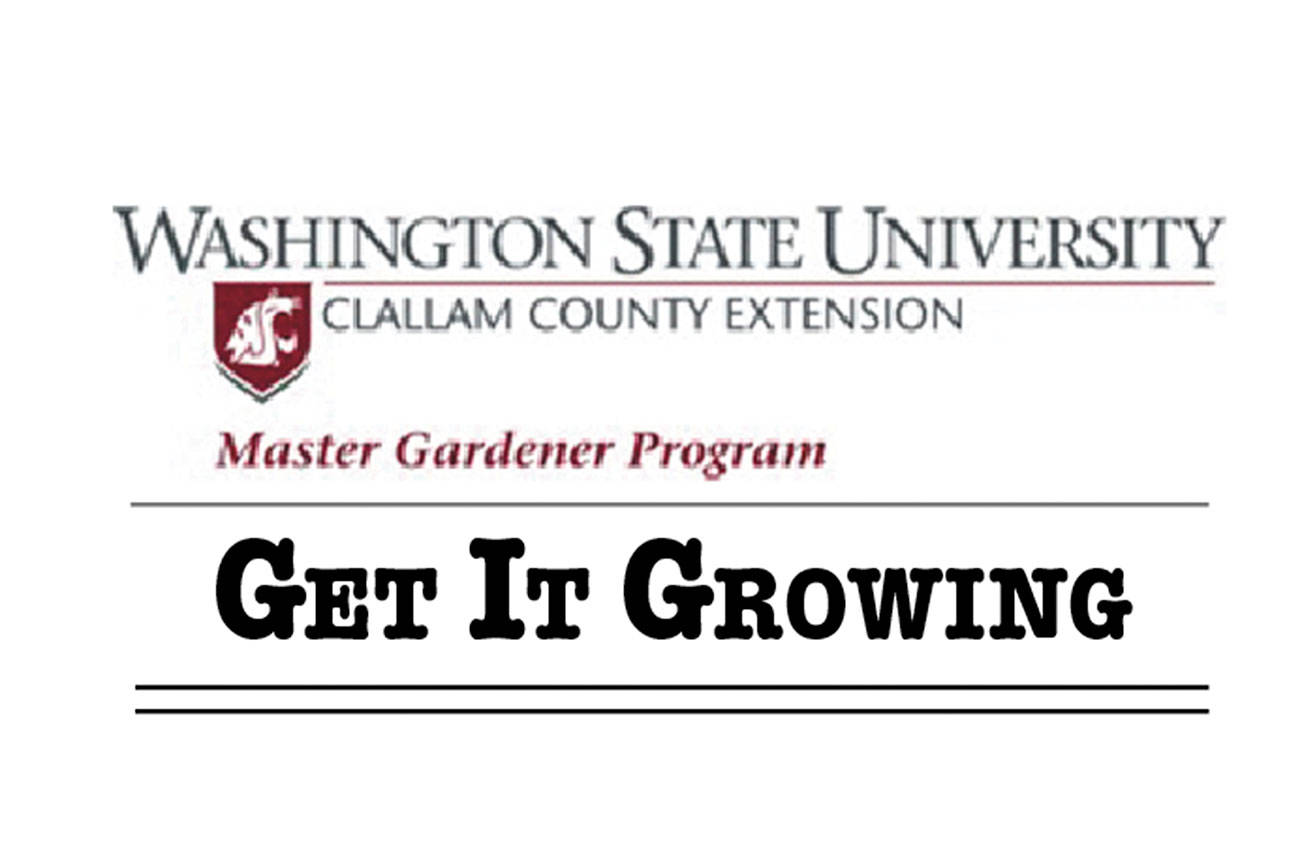5th Street Walk
From 10-11:30 a.m. on Saturday, Sept. 14, join Clallam County Master Gardeners for a walk at the 5th Street Community Garden in Port Angeles. These educational events focus on gardening techniques, vegetables that do well in our climate and tasks that need to be done in the vegetable garden. Walks occur rain or shine. For more information, call 360-565-2679.
September is harvest time for many fruits and vegetables on the North Olympic Peninsula. Enjoy the fruits of your labors and harvest crops at their peak of ripeness and flavor.
Have an abundance? Contact Clallam Gleaners for help and donate the excess to local charitable organizations such as food banks, the Boys and Girls Club and senior centers. For more information, contact gleaning coordinator Sharah Truett at 360-565-2619 or struett@co.clallam.wa.us.
Vegetable gardens
Harvest onions soon after the tops have fallen over. Brush off the dirt and cure them in a warm, dry place for about a week. When the necks are tight and the stems contain no moisture, trim the leaves to 1 inch above the bulb and the roots. Use onions that have been damaged or have green necks immediately. Store the remainder in a cool, dark, well-ventilated area.
Harvest winter squashes when the leaves and vines have begun to wither and the skins are hard and cannot be punctured with a thumbnail. Cure in a warm, dry place. Store in a cool, dark, well-ventilated area.
Harvest potatoes for long term storage after the vines die and skins are firmly attached to the tuber. Cure until the skins toughen and store in a cool, dark, well-ventilated area.
To encourage tomatoes to ripen, decrease watering and cut the plant’s root system by pushing a shovel into the soil halfway around the plant, about 8 to 12 inches from the main stem. Top indeterminate (vine-like) tomatoes and remove young fruit and blossoms from all plants to redirect energy to remaining fruit.
Pull out finished crops and replenish the soil with compost. Consider the following uses of those vacant beds:
• Plant quick growing crops for a fall or winter harvest. Direct seed arugula, Asian greens, chard, lettuce, green onions, radishes and spinach. Plant leek starts, shallot bulbs and fava bean and pea seeds for overwintering.
• Sow a cover crop (such as crimson clover, hairy vetch or cereal rye) to improve the soil. The cover crop will protect the soil surface from the impact of rainfall, reducing runoff and erosion. It will also hold onto nitrogen that will be leached by winter rain and provide organic matter when tilled into the soil in the spring.
• Alternatively mulch the beds to protect them over the winter. Deciduous leaves make excellent mulch that will eventually decompose to enrich the soil. Apply 2-5 inches of leaves to the bare areas in your garden. If the leaves are large, shred them with your lawnmower before layering.
Fruit trees
Harvest apples when ripe. Indicators of ripeness include brown seeds, white (as opposed to green-tinged) flesh and a full flavor; skin color is not a good indicator of maturity.
Ripen Asian pears on the tree. They are ripe when they come away easily from the spur or branch when lifted and twisted slightly.
Harvest European pears when they are full-sized but still firm (not fully ripe). If they come off the tree easily when you take the pear in your hand and lightly tip it away from the branch, they are ready for harvest.
Berries
Make sure all berries get 1-2 inches of water weekly. Most berries set buds for next year’s fruit as days get shorter and temperatures cool.
Clean up debris around berry plants. Thin strawberries. Remove weak, old and crowded plants and narrow the rows. Apply a layer of mulch after the first hard frost for winter protection.
Prune out second-year raspberry and blackberry canes (canes that fruited during the summer). Although the plant crowns live for many years, individual canes die after two years. Remove these canes to provide room for new canes in the spring and lessen the disease burden in the planting.
Except at higher elevations, trellis first-year canes of trailing blackberries. At higher elevations, leave the canes on the ground and trellis in the spring after all danger of a hard frost has passed.
This calendar is for guidance only. Growing conditions vary from garden to garden and from spot to spot within the same garden. Please adjust your gardening activities to fit with local conditions.
Happy Gardening!
Jeanette Stehr-Green is a WSU-certified Clallam County Master Gardener.



